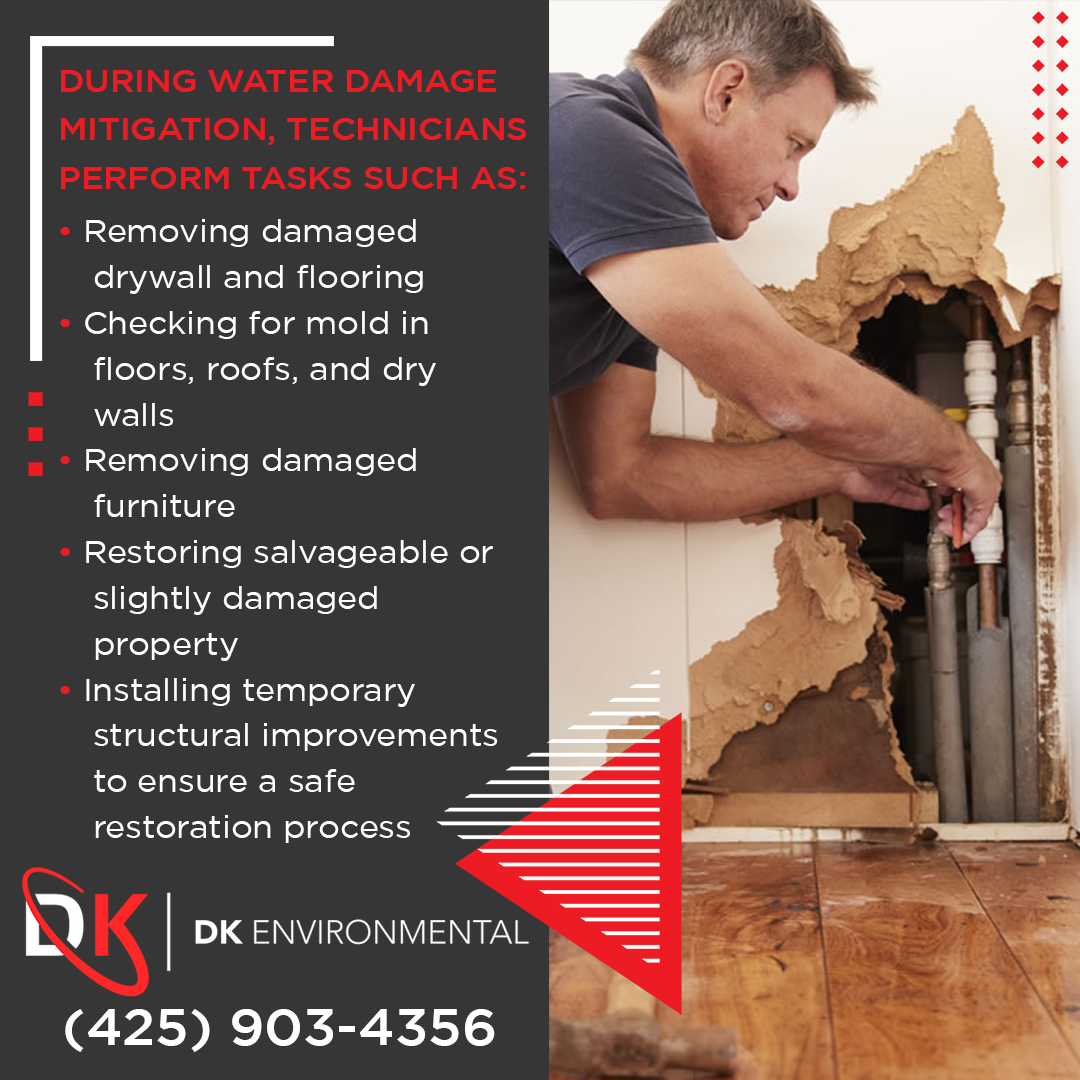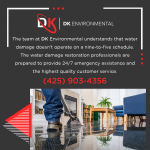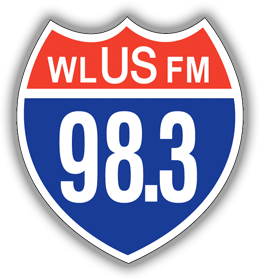The Difference Between Water Removal and Water Damage Restoration
Water damage is a common and potentially devastating issue to any property, depending on its location or age. Leaky pipes, floods, and dishwasher spills are all culprits of aggravating water damage issues.
Untreated water damage can often lead to more challenging and long-term issues like mold and permanent damage to the building’s structure. But when a roof leaks or a spring storm causes flooding that requires professional attention, it’s essential to understand the distinction between water removal and damage restoration.
What is Water Removal?
The water removal process is an essential first step to fully restoring a home to pre-flood conditions.
Water damage technicians use industry-grade extraction tools to remove standing water from floors, walls, and roofs in the water removal process. These might include wet-dry vacuums, blowers, pumps, or suction hoses. The quicker water removal begins, the greater chance a home will remain inhabitable throughout the remainder of the water damage restoration process.
But many homeowners believe that once the water is gone, the process is complete, and the home is safe to inhabit again. However, this is incorrect.
While its name might suggest a comprehensive solution, water removal is only the first step in water damage restoration. Unfortunately, drying a home or office space isn’t like toweling off after a swim. Immediately following water removal is a process called water damage mitigation.
.png)
What is Water Damage Mitigation?
After the water removal process, water damage mitigation must immediately begin on the affected property. During the mitigation process, water damage restoration professionals address any consequential damage caused by flooding. A professional will also conduct a humidity and moisture test. During water damage mitigation, technicians perform tasks such as:
- Removing damaged drywall and flooring
- Checking for mold in floors, roofs, and dry walls
- Removing damaged furniture
- Restoring salvageable or slightly damaged property
- Installing temporary structural improvements to ensure a safe restoration process
What is Water Damage Restoration?
Water damage restoration refers to the overall process of restoring any property. The final phase after water removal and water damage mitigation is restoration. This is often referred to as rebuild or reconstruction. The water damage restoration process includes final measures to return the property to its previous state.
The water restoration process may include:
- Fixing drywall, flooring, or roof damage
- Structural improvements to the building
- The addition of preventative measures like sump pumps or exterior drainage
Once any property has undergone water removal, mitigation, and restoration, the water damage restoration process is complete. Hopefully, the affected areas have returned to pre-flood conditions and received the necessary improvements to prevent future water damage.
Water Damage Restoration with DK Environmental
The team at DK Environmental understands that water damage doesn’t operate on a nine-to-five schedule. The water damage mitigation professionals are prepared to provide 24/7 emergency assistance and the highest quality customer service. The water damage restoration team uses the highest grade extraction and restoration tools to repair your home.
.png)
For all your commercial and residential water damage restoration needs in Marysville, WA, and the surrounding areas, call (425) 903-4356 and let DK Environmental do the rest!





















